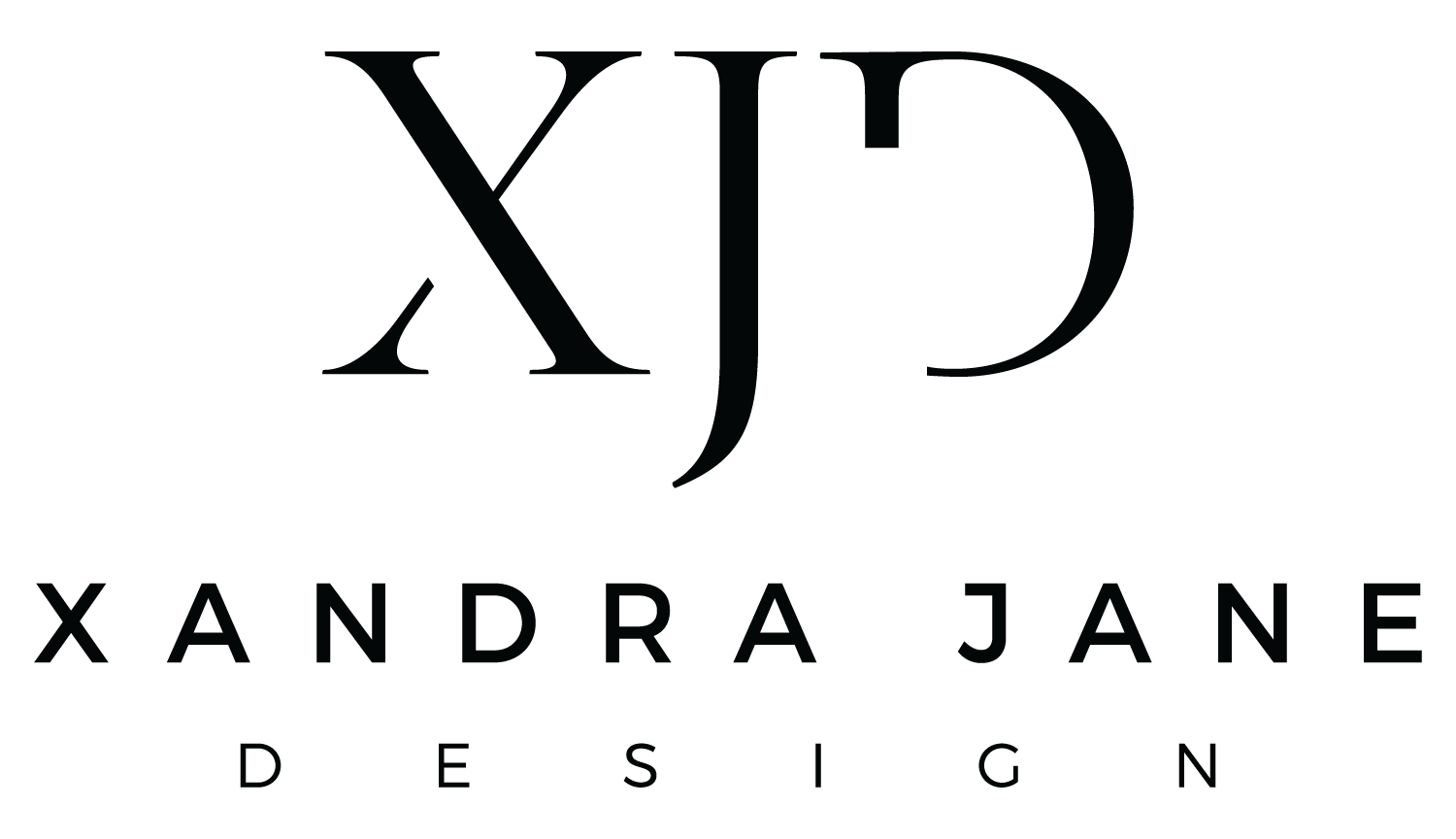Strike-Offs in Fashion: What Are They and Do I Need One?
A strike off refers to a printed fabric sample, created and dyed to your requirements.
It’s basically a mock-up of your pattern or print so you can assess how your chosen fabric takes to the dye, reflects the colour and assess the scale of your artwork once translated into a garment. A strike off allows for these checks to take place prior to placing a large order of custom printed fabric.
You can avoid any potential problems and assess details you may not necessarily notice by simply viewing your design on a screen. It’s an integral phase of the design development process to see your textile print on the right fabric and in the right colours.
As we learnt in the previous post, suppliers will most likely operate in a way that is convenient and easy for them. For this reason, the strike offs you receive can vary. To ensure you get the most accurate outcome to your design specifications, be sure to use the correct fabric. This may sound obvious, but textiles take to dye differently. A natural based fibre will reflect colour in an alternative way to a polyester. Does the weight of the fabric affect the colour? Are you working with a sheer? Take into consideration the structure of the textile too, the weave or knit must be suitable. Be mindful of the discrepancies between a smooth fabric vs. something like a drill which has qualities like a distinct texture - this will cause the print to reflect differently too.
Things To Bear In Mind
Placement prints are when the design is on a specific area of the clothing. E.g. strategically placed on a pocket or to the lower left hem of a coat. Slogan t-shirts are also placement prints. If you are proceeding with a placement print make sure you receive an example of the whole piece of artwork.
Repeat prints are patterns that align at the edges and repeat across the full area of the fabric making for an endless textile pattern. If you are proceeding with a repeat print, ensure your sample is bigger than the repeat itself so you can review the design in it’s entirety and assess the alignment of the print so there’s no breaks or faults in the pattern.
Colour is a vital thing to consider. Depending on the type of printing your references may differ. Screen printing often involves a Pantone colour standard for use when hand mixing the inks. However, digital or sublimation printing may revert to CMYK or RGB taken directly from the digital print file itself. Some companies may provide a colour guide themselves illustrating various colours printed onto popular textiles or you could request something specific yourself.
What To Look For
When you receive your strike off, compare it with any colour standards you provided and review it with care. It is also normal practice to have a paper printout to hand and review them side by side. Try to look at it in a variety of settings, natural light, tungsten light, drape it against various skin tones. Review it in the mirror and really assess your strike off in multiple, albeit basic, experiments. You’re trying to decide if the scale is correct, if the colours match with your vision - it may not be as you expected but could it still work? Do you have an open mind to small compromise? We’re also assessing if the textile harmonises with the print. Sometimes it’s not always the case and can alter the overall quality which we’re seeking. It is especially important if you are using and comparing between more than one supplier to review these things, checking the colour saturation, definition and tangible feel of the fabric once dyed.
Do I Need One?
Simply ask if you are using a specific print or pattern, if you are then the answer is yes. Do not proceed with a large order if you have not requested, received or reviewed a strike off.
If you’d like further guidance with developing your collection or need a bespoke pattern designed, do get in touch.

